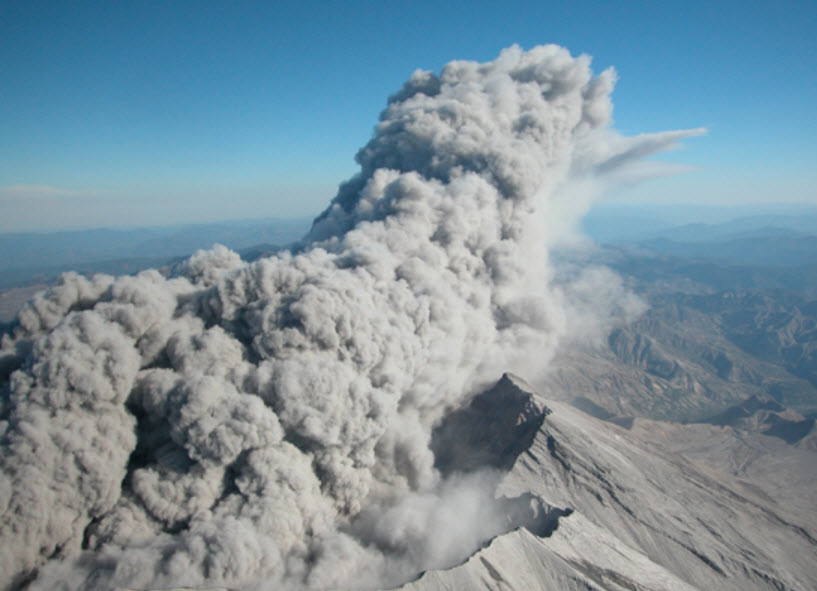New NASA data challenges global warming theory
July 29, 2011
NASA satellite data show the Earth’s atmosphere is allowing far more heat to be released into space than current computer models have predicted, according to a new study in the peer-reviewed science journal Remote Sensing.
Data from NASA’s Terra satellite shows that when the climate warms, Earth’s atmosphere is apparently more efficient at releasing energy to space than models used to forecast climate change have been programmed to “believe.”
The result is climate forecasts that are warming substantially faster than the atmosphere, says Dr. Roy Spencer, a principal research scientist in the Earth System Science Center at The University of Alabama in Huntsville.
In research published in the journal Remote Sensing, Spencer and UAHuntsville’s Dr. Danny Braswell compared what a half dozen climate models say the atmosphere should do to satellite data showing what the atmosphere actually did during the 18 months before and after warming events between 2000 and 2011.
“The satellite observations suggest there is much more energy lost to space during and after warming than the climate models show,” Spencer said. “There is a huge discrepancy between the data and the forecasts that is especially big over the oceans.”
Not only does the atmosphere release more energy than previously thought, it starts releasing it earlier in a warming cycle. The models forecast that the climate should continue to absorb solar energy until a warming event peaks.
Energy lost, not gained: satellite data
Instead, the satellite data shows the climate system starting to shed energy more than three months before the typical warming event reaches its peak.
“At the peak, satellites show energy being lost while climate models show energy still being gained,” Spencer said.
Applied to long-term climate change, the research might indicate that the climate is less sensitive to warming due to increased carbon dioxide concentrations in the atmosphere than climate modelers have theorized. A major underpinning of global warming theory is that the slight warming caused by enhanced greenhouse gases should change cloud cover in ways that cause additional warming, which would be a positive feedback cycle.
Instead, the natural ebb and flow of clouds, solar radiation, heat rising from the oceans and a myriad of other factors added to the different time lags in which they impact the atmosphere might make it impossible to isolate or accurately identify which piece of Earth’s changing climate is feedback from manmade greenhouse gases.
“There are simply too many variables to reliably gauge the right number for that,” Spencer said. “The main finding from this research is that there is no solution to the problem of measuring atmospheric feedback, due mostly to our inability to distinguish between radiative forcing and radiative feedback in our observations.”
For this experiment, the UAHuntsville team used surface temperature data gathered by the Hadley Climate Research Unit in Great Britain. The radiant energy data was collected by the Clouds and Earth’s Radiant Energy System (CERES) instruments aboard NASA’s Terra satellite.
The six climate models were chosen from those used by the U.N.’s Intergovernmental Panel on Climate Change. The UAHuntsville team used the three models programmed using the greatest sensitivity to radiative forcing and the three that programmed in the least sensitivity.
